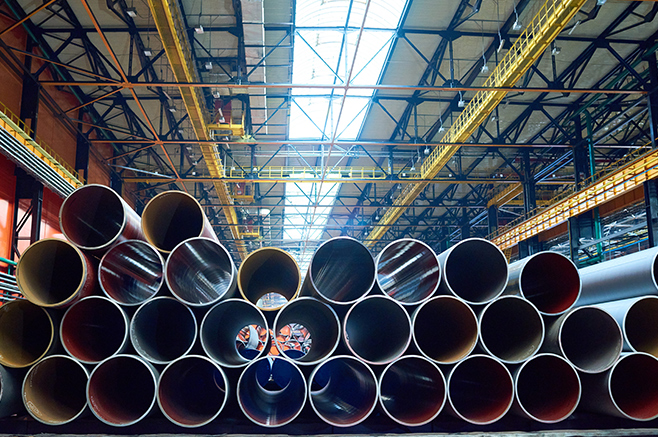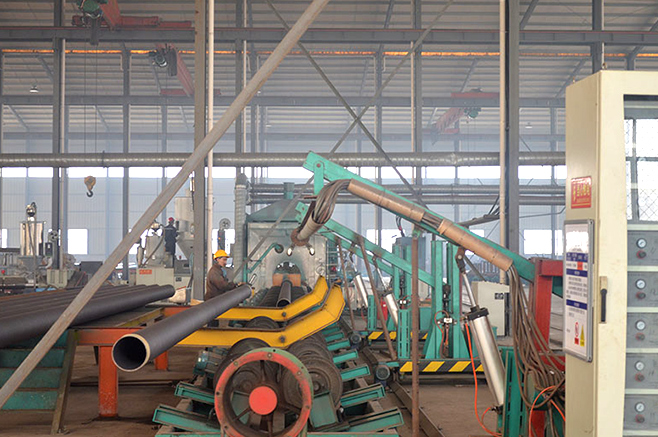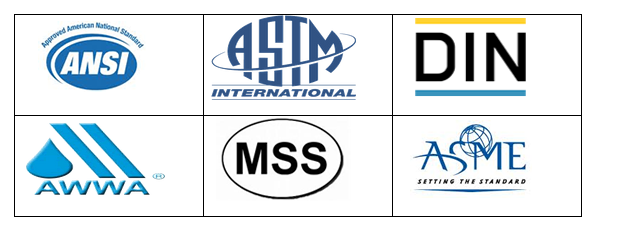The main elements of the flange
A flange is basically an extension of a structure and usually has holes drilled into it. These holes are placed in the flange to accommodate securing bolts.
The flange seals or joins the various parts of the structure.
Please view the main elements of flange as below:
Dimensions of Flanges
Each flange ASME B16.5 has a number of standard dimensions. If a draftsman in Japan or a work preparer in Canada or a pipefitter in Australia is speaking about a Welding Neck flange 6″-150#-S40 ASME B16.5, then it goes over the flange which in the image here on the left is shown.
If the flange is ordered, the supplier want to know the material quality. For example ASTM A105 is a forged carbon steel flange, while A182 is a forged stainless steel flange.
So, in a correct order to a supplier two standards must be specified:
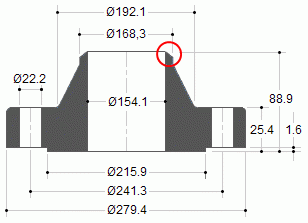
Welding Neck flange 6″-150#-S40-ASME B16.5 / ASTM A105.
Applications of flanges
The purpose of a flange depends on its design. It can be to increase the strength of a structure, such as in the case of an iron beam. These are often used in the construction of houses and buildings. A flange can also be used as a guide for keeping a particular object in place. This is most commonly seen in train wheels, which have flanges on either side to prevent the wheels from changing directions. The most common use of a flange is to help attach objects, such as in pipes. Through the use of these items, the pipes can easily be assembled or disassembled.
Pipe Flanges Raw Material Specifications
The usual materials of flanges include stainless steel, carbon steel, aluminum and plastic.
|
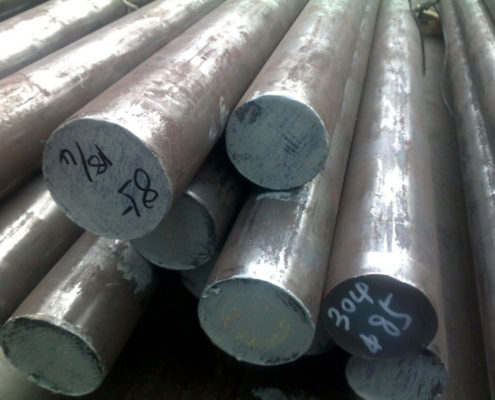
|

|

|
|
1.Raw Material
-
Raw Material Check
-
Quantity Check
-
Visual & Dimension Check
|
2. Material Inspection
|
3. Material Cutting
-
Weight Measuring
-
Cut Surface Check
-
Marking
|
The choice of the material largely depends on the purpose of the flange. For example, stainless steel is more durable and is necessary for heavy use. On the other hand, plastic is more feasible for use in the home because of its reasonable price and easy installation. The materials used for flanges are under the designation of the American Society of Mechanical Engineers.
Faces
The picture shows a serrated finish on a Raised Face.

The face of a flange is usually designed to be a tongue and groove, which is a means of attaching two flat pieces to make one single surface. Another example of the design of a flange is the ring joint. This type of flange covers the entire face and includes the internal and external portions of the bolts. Another common face of the flange is the raised face, wherein a part of the face of the flange is elevated around it to seal the flat gasket.
Flange Design
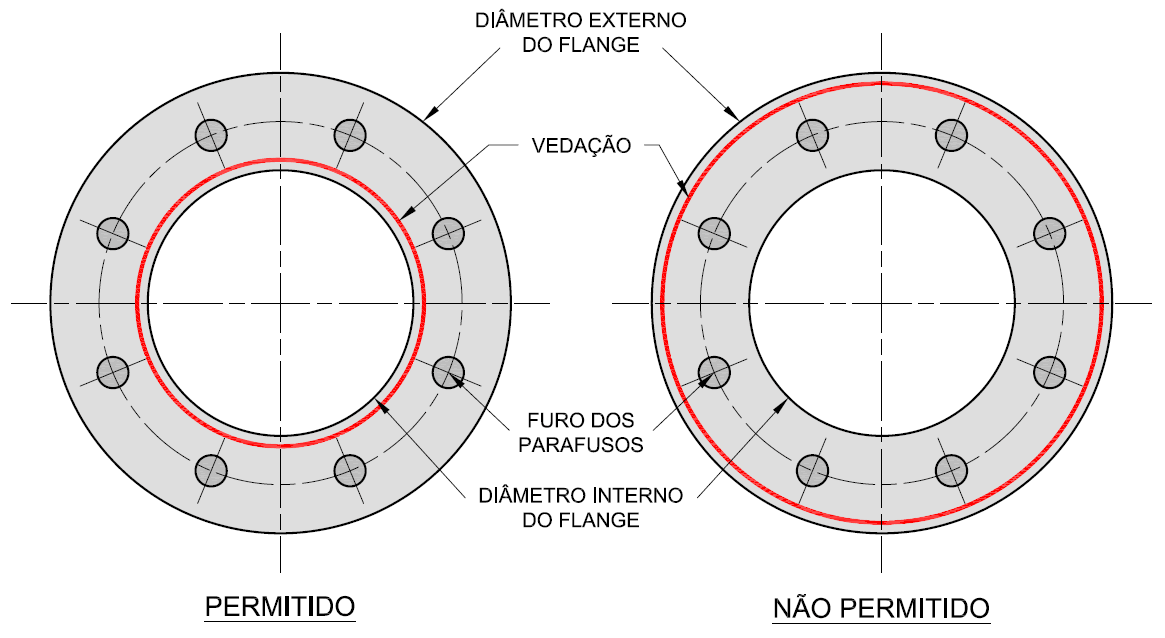
One of the most common designs of a flange is the welding neck, which is meant to be used in welding a pipe or tubing. Another example is the blind flange. This type is designed to have no opening in the center and is used to close off or seal a connection. A threaded flange has an internal or external thread opposite to its ring groove. Its purpose is to match with a standard threaded pipe.
General flange standards
All flanges are manufactured in accordance with industry-accepted standards.
Flanges usually follow standards set within the country they are applied, such as those set by the American National Standards Institution (ANSI) and the American Petroleum Institute (API). These standards make the dimensions of the flanges uniform so they can be interchangeable. However, a flange that follows the ANSI or API may not fit into the standards that are followed abroad.
Other flange facings covered by these standards include the large and small tongue-and-groove facings, and the ring joint facing specifically for ring joint type metal gaskets.
Flange Types in three groups: loose, integral and optional
Remember the types of flanges described in the beginning of this article? (Welding Neck, Slip-On, Threaded, Socket Weld, Lap-Joint and Blind), well those were the standard types, now you’ll see that the types of flanges available in the type of the flange is very similar to them, so all the “pros” and “cons” described there can be applied here.
The types divided the flanges in three groups: loose, integral and optional. Below I’ll describe these types according to the Code.
Loose Type Flanges:
This type covers those designs in which the flange has no direct connection to the nozzle neck, vessel, or pipe wall, and designs where the method of attachment is not considered to give the mechanical strength equivalent of integral attachment.
Integral Type Flanges:
This type covers designs where the flange is cast or forged integrally with the nozzle neck, vessel or pipe wall, butt welded thereto, or attached by other forms of arc or gas welding of such a nature that the flange and nozzle neck, vessel or pipe wall is considered to be the equivalent of an integral structure. In welded construction, the nozzle neck, vessel, or pipe wall is considered to act as a hub.
Optional Type Flanges:
This type covers designs where the attachment of the flange to the nozzle neck, vessel or pipe wall is such that the assembly is considered to act as a unit, which shall be calculated as an integral flange, except that for simplicity the designer may calculate the construction as a loose type flange provided none of the following values is exceeded: g0 = 5/8″ (16 mm), B/g0 = 300, P = 300 psi (2 MPa) and operating temperature = 700°F (370°C).





